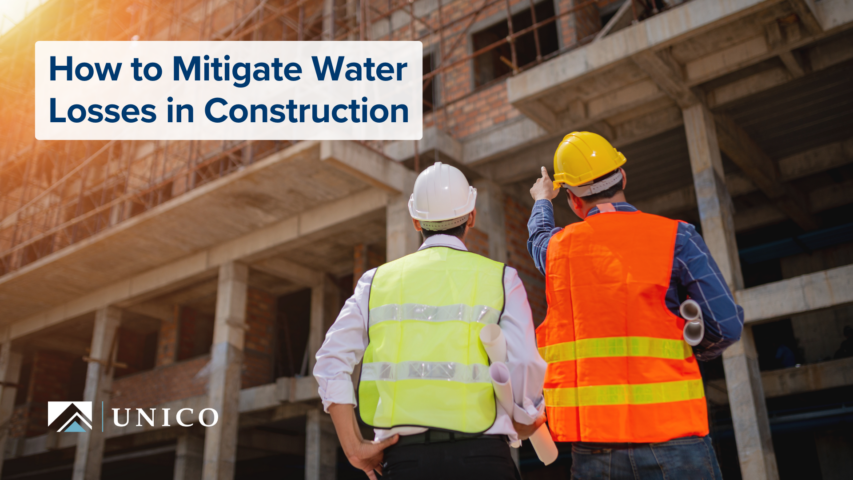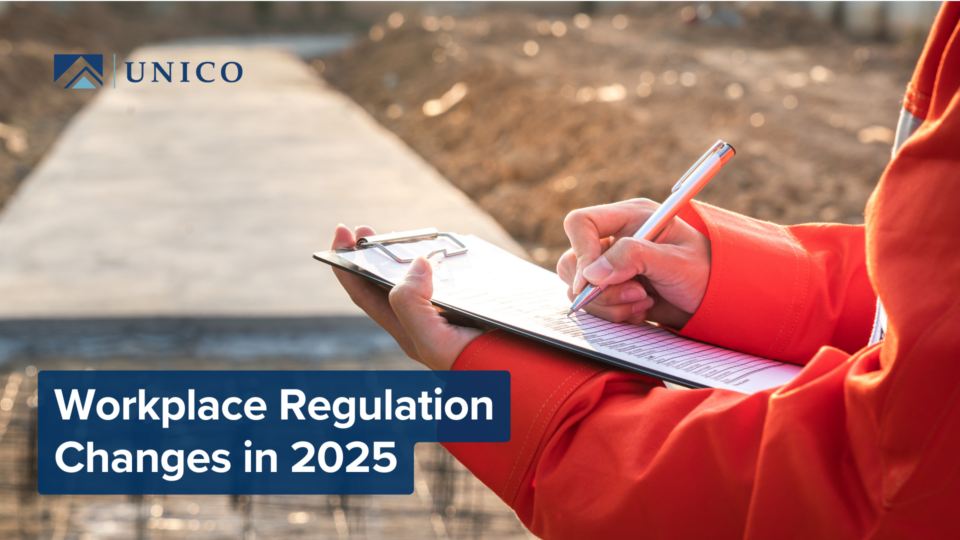Water damage has emerged as a significant challenge in the construction industry, affecting contractors of all sizes and trades. Recent data shows that nearly one-third of all liability losses in construction can be attributed to water-related issues. This blog post will explore the impact of water losses and provide strategies to mitigate these risks effectively.
The Growing Impact of Water Damage
Water damage claims in construction are rising rapidly. The median claim cost has increased 21% year-over-year. Large loss claims over $500,000 have doubled, while those exceeding $1 million have tripled since 2015. While plumbing and HVAC contractors face higher risks, all trades are vulnerable.
Key Strategies for Water Loss Mitigation
1. Implement a Comprehensive Water Damage Mitigation Program
A robust water damage mitigation program should span the entire lifecycle of a construction project, from pre-construction to post-construction phases. During pre-construction, assess current prevention measures, develop wet work and response programs, and include smart water monitoring bids.
Once construction begins, conduct regular inspections and provide ongoing training. Then in post-construction, establish protocols for reporting issues and maintain monitoring systems until handover.
2. Leverage Smart Water Leak Detection Systems
Smart water leak detection systems are a powerful tool for water loss prevention. These systems typically comprise several key components:
- Central software platform manages sensors and sends alerts
- Remote water shut-off valves for quick response
- Various sensors detect leaks and abnormal water usage
- Temperature and humidity sensors prevent frozen pipes and mold growth
- Communication hub ensures reliable alert transmission
3. Develop a Water Damage Response Plan
Having a well-thought-out response plan is crucial for minimizing damage when water incidents occur. Create a detailed plan that outlines the steps for a quick and efficient response to water damage incidents. This plan should cover everything from shutting off water sources to contacting necessary personnel and beginning cleanup efforts.
To ensure your team is prepared to execute this plan effectively, conduct regular drills. These practice sessions will help identify any weaknesses in the plan and allow team members to become familiar with their roles under pressure.
4. Utilize Technology in Risk Management
Technology can play a significant role in managing water-related risks on construction sites. Implement a system of wet work permits and valve tags to manage water-related activities effectively. Use severe weather planning tools and mobile apps for timely updates and proactive preparation.
These tools and timely updates can help ensure that all water-using activities are properly authorized, monitored and that your team is prepared for potential weather-related risks.
5. Educate and Train All Stakeholders
The effectiveness of your water damage mitigation efforts largely depends on the awareness and preparedness of all involved parties. Ensure that all contractors and subcontractors fully understand the risks associated with water damage and are familiar with your mitigation strategies. Provide regular training on prevention and response, covering risk identification, equipment use, and plan execution.

Tom Cockle, CLCS
Senior Vice President | Risk Advisor
The information provided in this article is for informational purposes only and should not be considered as legal or insurance advice. Please consult with a qualified professional for guidance tailored to your specific situation.




